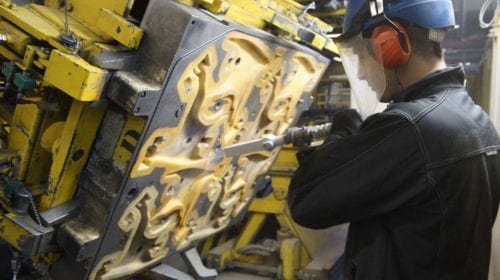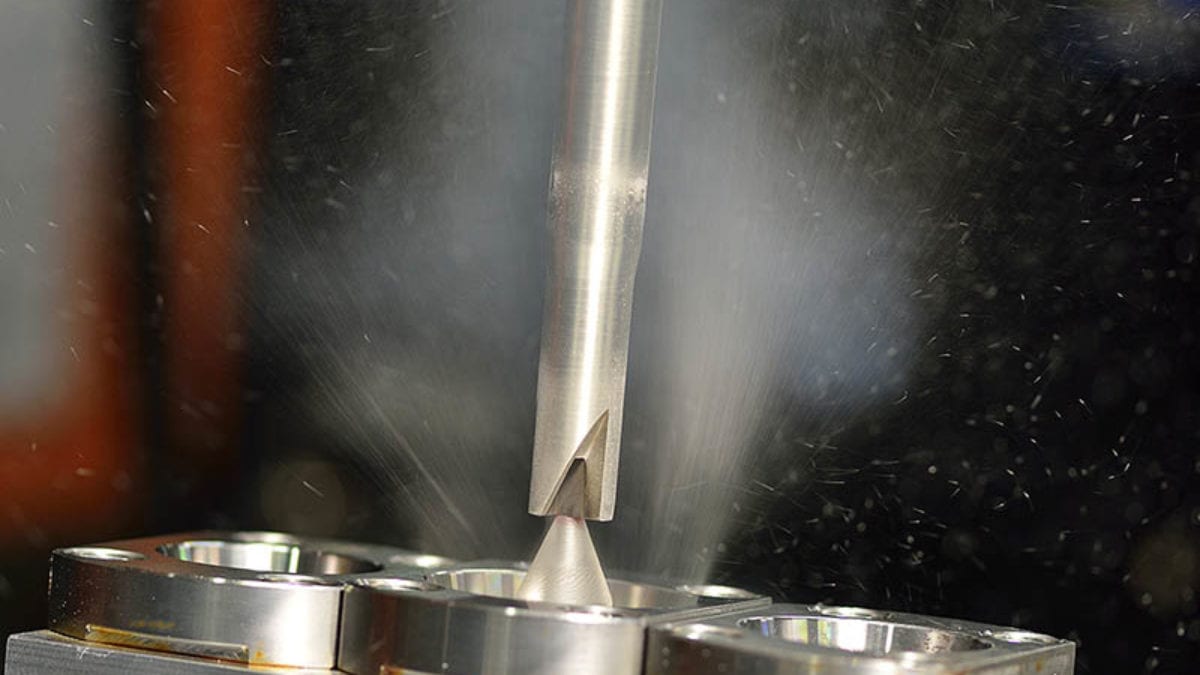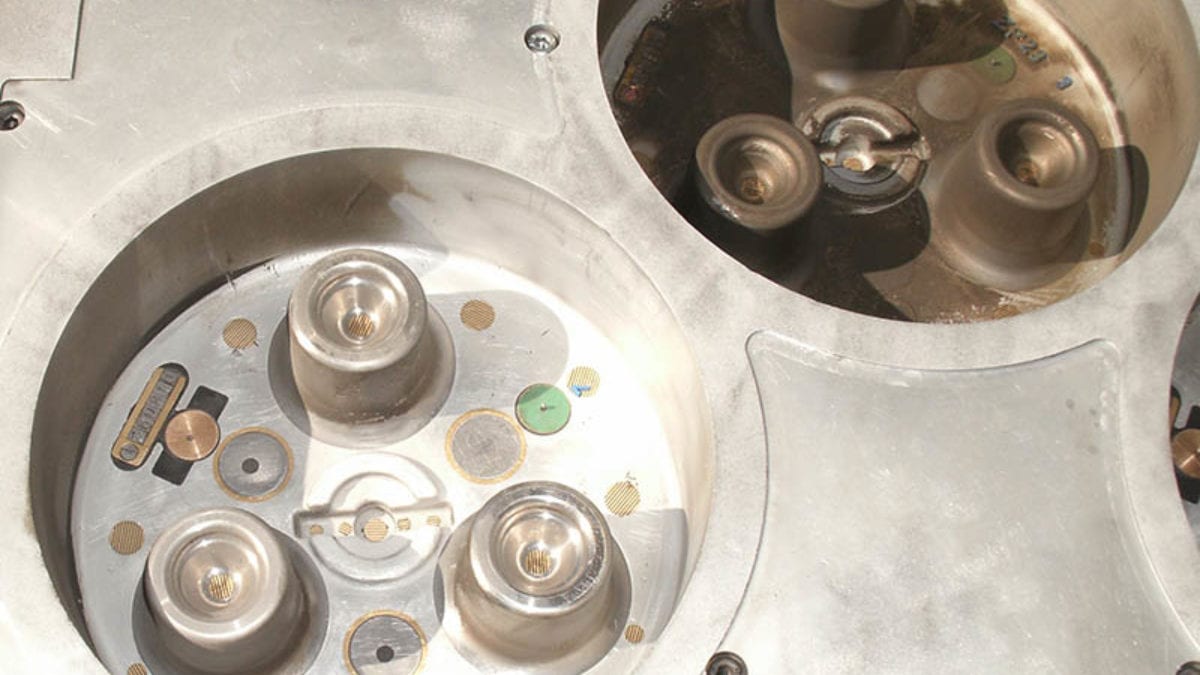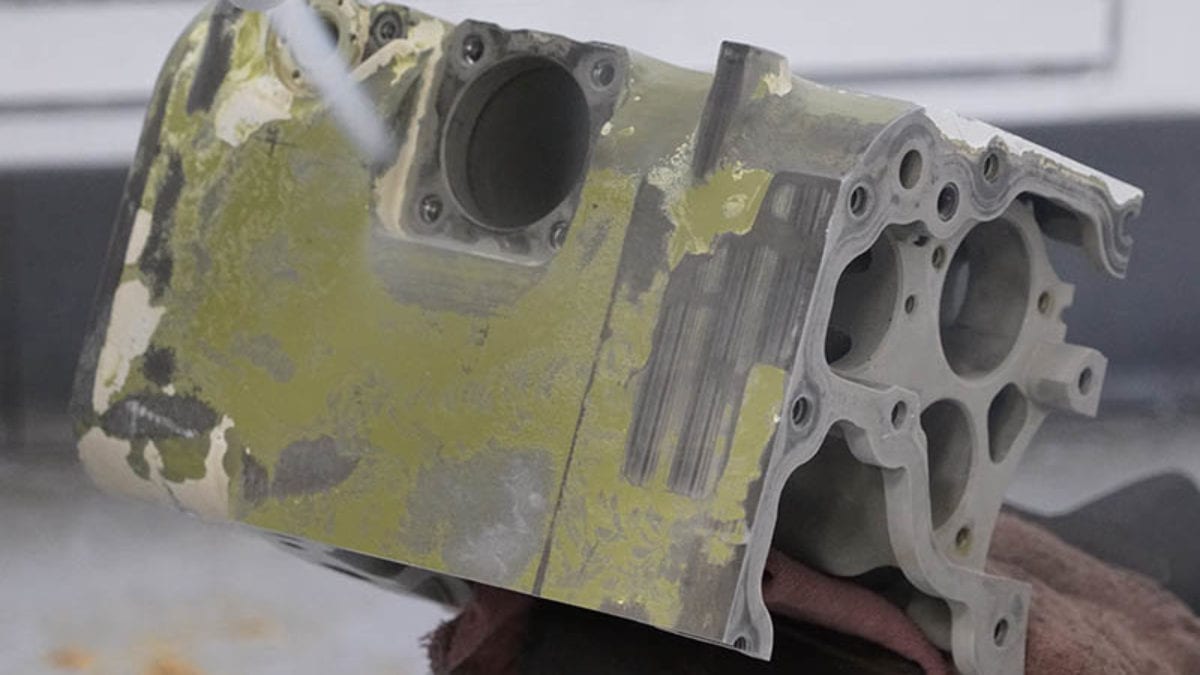FOUNDRY
Reduce downtime while protecting
foundry equipment from damage
Dry ice blasting significantly reduces cleaning time of permanent moulds, core
boxes, die cast tooling and ancillary equipment while improving part quality.
CASE STUDIES
Revolutionise processes
to drive real results.
Mould Cleaning
Improve productivity by reducing downtime





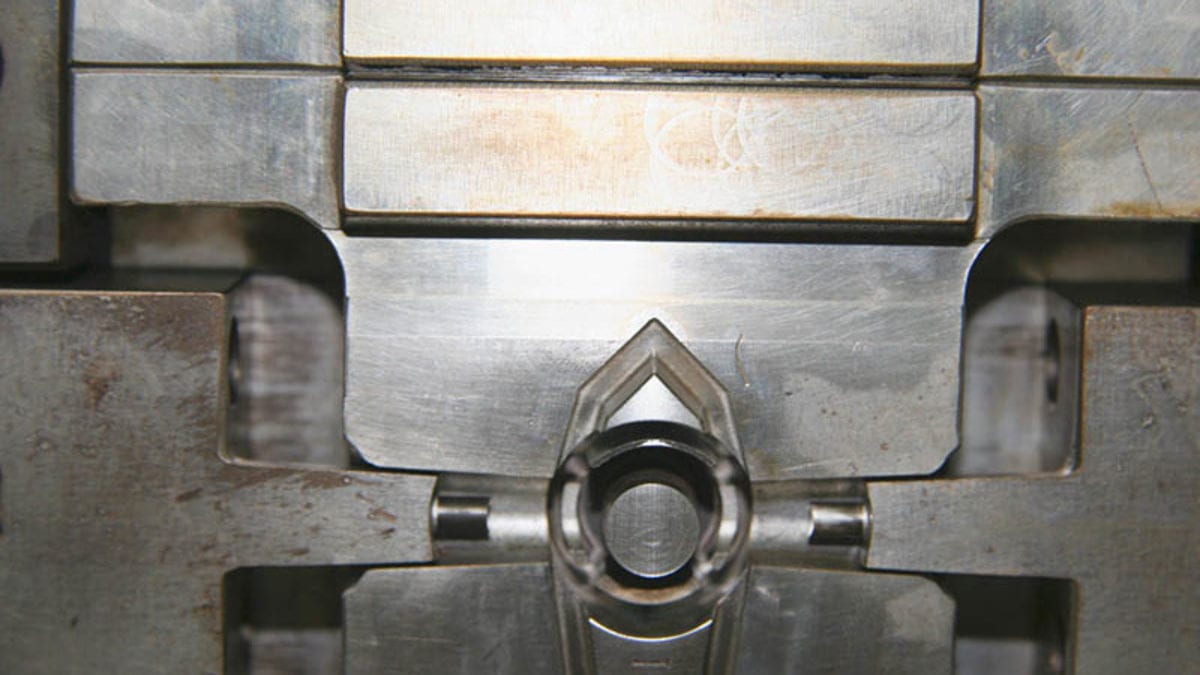
BENEFITS
Dry ice blasting is a non-abrasive method that safely cleans moulds online, at operating temperatures.
- Improve product quality
- Clean in-place
Little to no disassembly required - Non-abrasive
No damage to moulds - Reduce scrap
Cleaner moulds lead to higher quality - Meet stringent industry demands
6-Sigma, Kaizen, 5S, TPM (Total Productive Maintenance) - Reduce production downtime
Clean quicker and without cooldown or disassembly - Decrease cleaning time and labour costs
- Eliminate painstaking manual cleaning
SPECIFIC USE CASES:
- Injection moulds
- Blow moulds
- Compression moulds
- Urethane moulds
- Textured moulds
- Slush moulds
- Technical moulds
- Extrusion dies
- Rotational moulds
- LSR and LIM moulds
- Thermoform moulds
Core Box Preparation
Significantly reduce cleaning time without damaging vents
BENEFITS
Dry ice cleaning quickly and safely removes buildup of sand, resin and other residue without damaging core boxes.
- Reduce production downtime
- Safely clean without damaging vents or screens
- Eliminate disassembly
Clean while hot and in-place - Clean more effectively
- Eliminate waste disposal costs
- Environmentally responsible
- Deliver superior as-cast finish
SPECIFIC USE CASES:
- Cold boxes
- Half core boxes
- Dump core boxes
- Split core boxes
- Strickle core boxes
- Left and right hand core boxes
- Loose piece core boxes
- Gang core boxes
Die Cast Tooling Cleaning
Effectively clean forging dies while hot and online


BENEFITS
Dry ice blasting effectively removes scale, oxides and lubricants from die cavities without damaging equipment.
- Improve product quality
- Reduce production downtime
- Clean quicker and without cooldown or disassembly
- Non-abrasive
No damage to equipment - No secondary waste
- Eliminate painstaking manual cleaning
- Delivers superior as-cast finish
SPECIFIC USE CASES:
- Semi-solid casting tooling
- Squeeze casting tooling
- Low-pressure permanent moulding (LPPM)
- Permanent moulding
General Equipment Cleaning
Reduce cleaning time and production
downtime while prolonging life of equipment

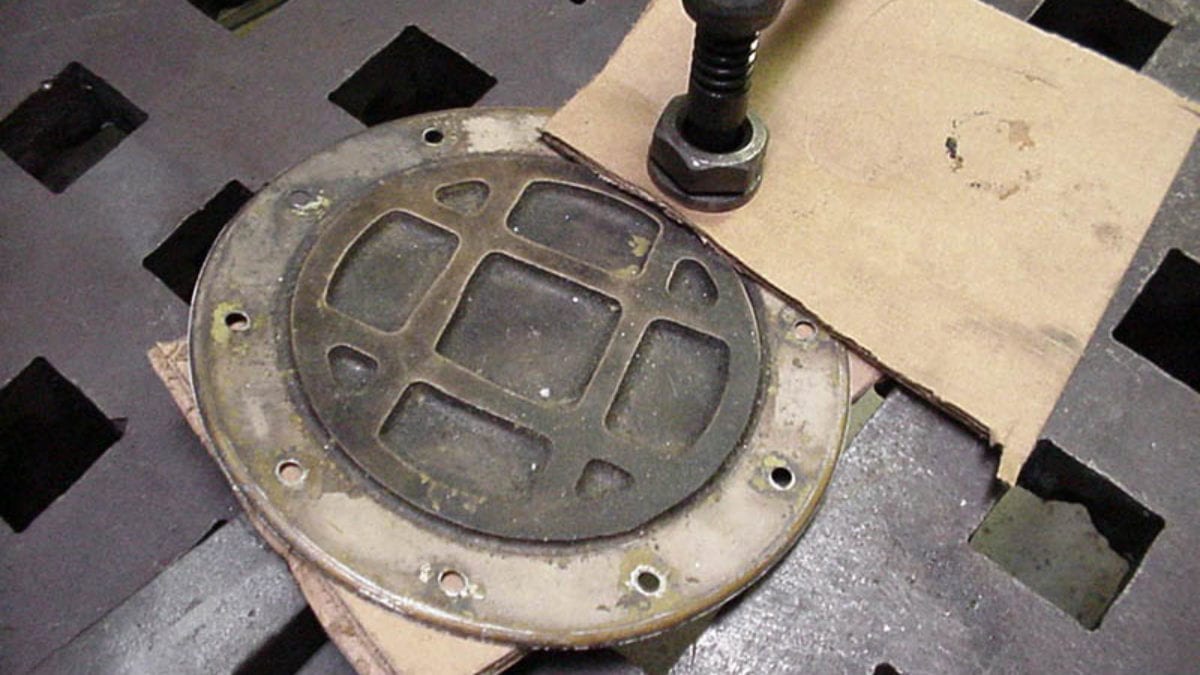

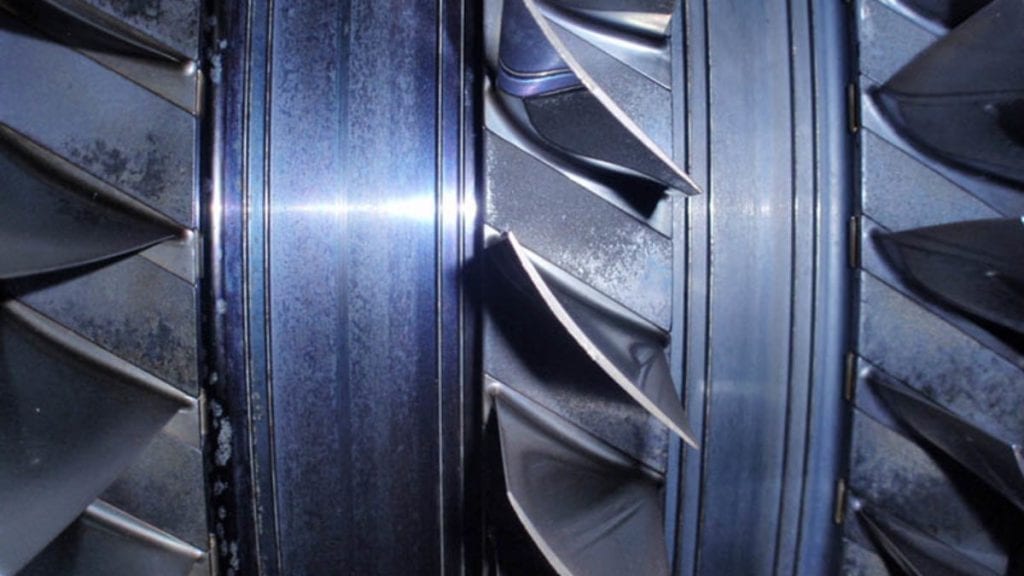
BENEFITS
Dry ice cleaning quickly and effectively cleans production equipment without water, chemicals or secondary waste.
- Reduce cleaning time
- Eliminate manual cleaning with harmful chemical solvents
- Non-conductive cleaning process
- No secondary waste
- Non-abrasive
Eliminate wear and tear on machinery - Reduce risk of unplanned production stoppages and costly repairs
- Environmentally responsible
- Clean in-place
No disassembly required - Enhance Total Productive Maintenance (TPM) programs
SPECIFIC USE CASES:
- Fin cleaning and inspection
- Turbine engine nacelles
- Electronic components
- Compressor blades
- Brake assemblies
- Foam insulation
- Cargo bay areas
- Turbine engine components
- Tow hitches
- Landing gear systems
- Engine bay covers
Weld Line Cleaning
Improve efficiency and accuracy of automated weld lines

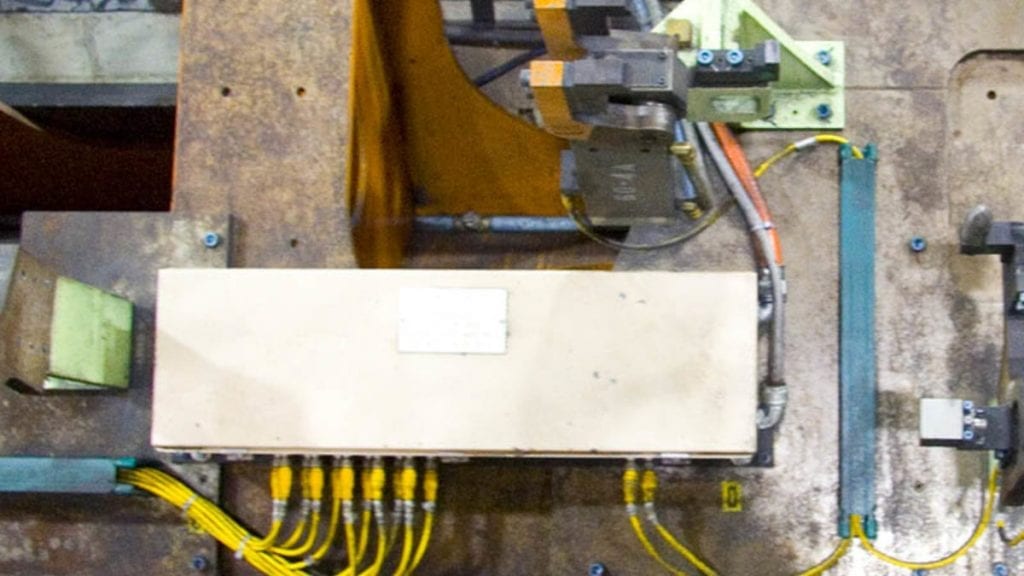


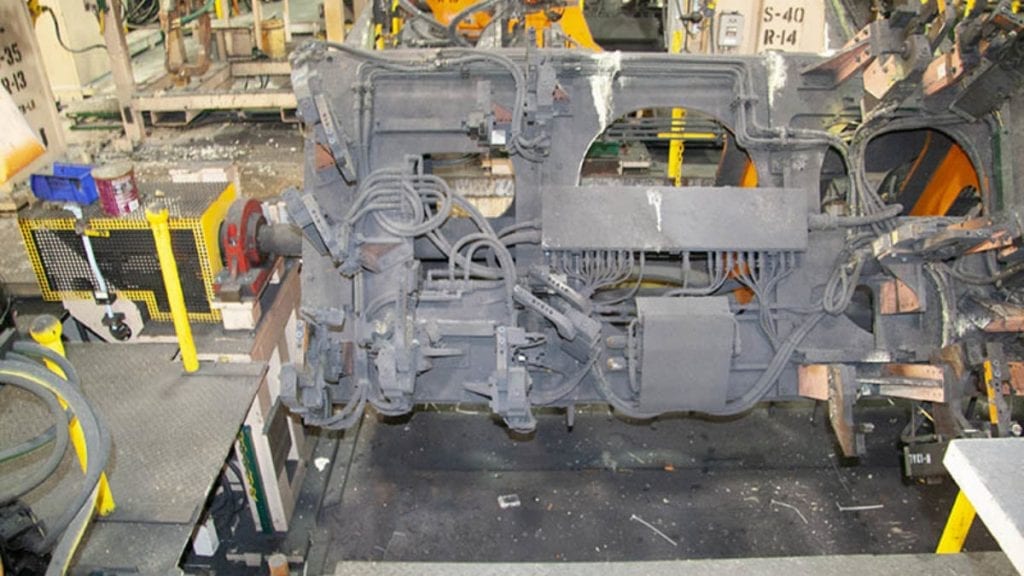

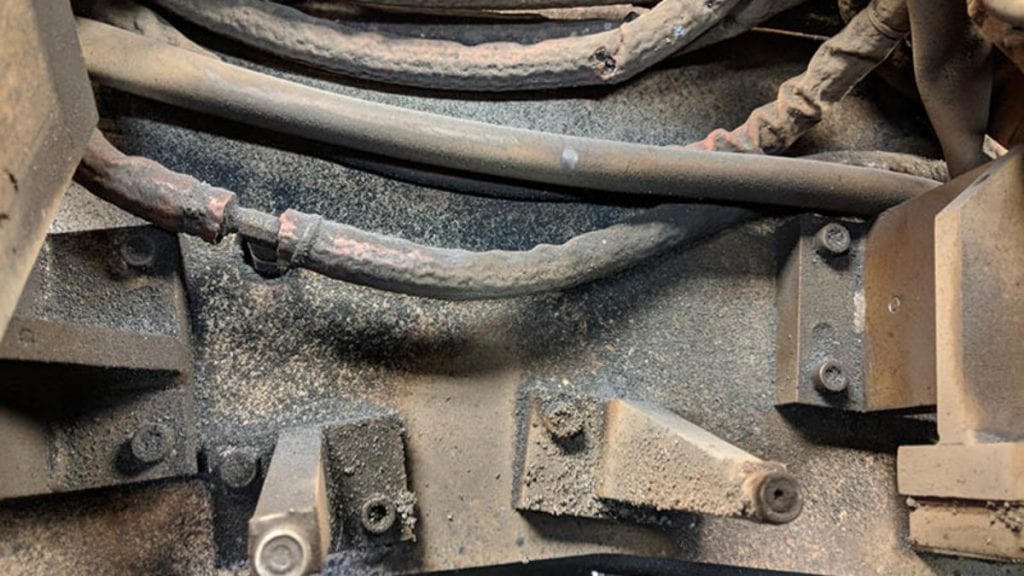

BENEFITS
Dry ice cleaning eliminates misalignment, breakdowns and scrap by effectively removing weld slag and spatter buildup.
- Reduce scrap rates
- Maximise tooling life and decrease fixture repair
- Non-abrasive
Will not damage sensors - Replaces ineffective, costly and labor intensive cleaning methods
- Minimise downtime
- No secondary waste
- Environmentally responsible
- Clean online
No cool down required
SPECIFIC USE CASES:
- Robot joints
- Transfer cases
- Shuttle jigs
- Diamond plates
- Trunnions
- Weld tables
- Fixtures
- Proximity switches
BENEFITS OF DRY ICE BLASTING
Increase equipment productivity
and the quality of finished parts
Dry ice blasting effectively and safely cleans permanent moulding and die casting equipment without the need for disassembly.
→ Decrease cleaning time and labor costs
→ Non-abrasive
No damage to product or equipment
→ Clean in-place
No disassembly required
→ Increase productivity and reduce downtime
→ Non-conductive cleaning process
→ Employee safe
Reduce harmful chemicals and tedious manual cleaning
→ Environmentally responsible
→ Improve part quality and reduce scrap
→ No secondary waste stream
TESTIMONIALS
Thousands of customers
around the world rely on Cold Jet
With a global install base of 15,000+ that consists of companies
large and small – Cold Jet delivers real value.
[testimonials_slider speed="800" autoplay_interval="5000"]

